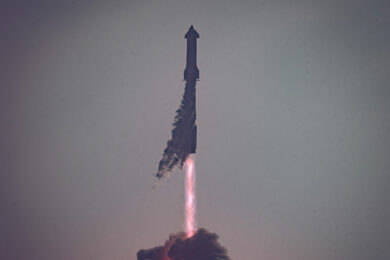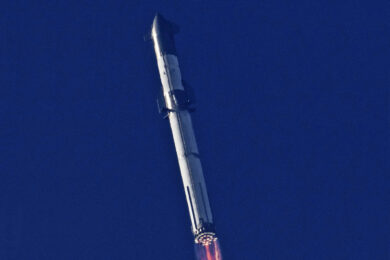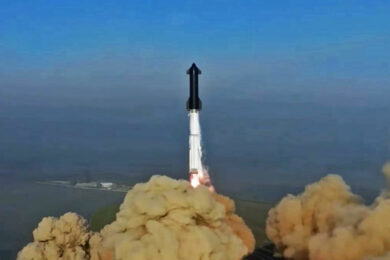Test launches of SpaceX rockets follow a logic quite different from what we are used to with state space agencies such as NASA or the ESA.
Although any project aspires to a flawless flight, in the case of billionaire Elon Musk’s company, issues are ‘welcome’. It’s a completely unexpected approach and one that still causes confusion in part of the press.
The launch on Thursday, April 20, the first of the Super Heavy rocket attached to the Starship spacecraft, ended 4 minutes after departure with an explosion at almost 40,000 m altitude.
As strange as it may seem, it was a success since the company’s expectation was reduced to taking it away from the launch pad – a malfunction there could destroy the facilities and delay the program.
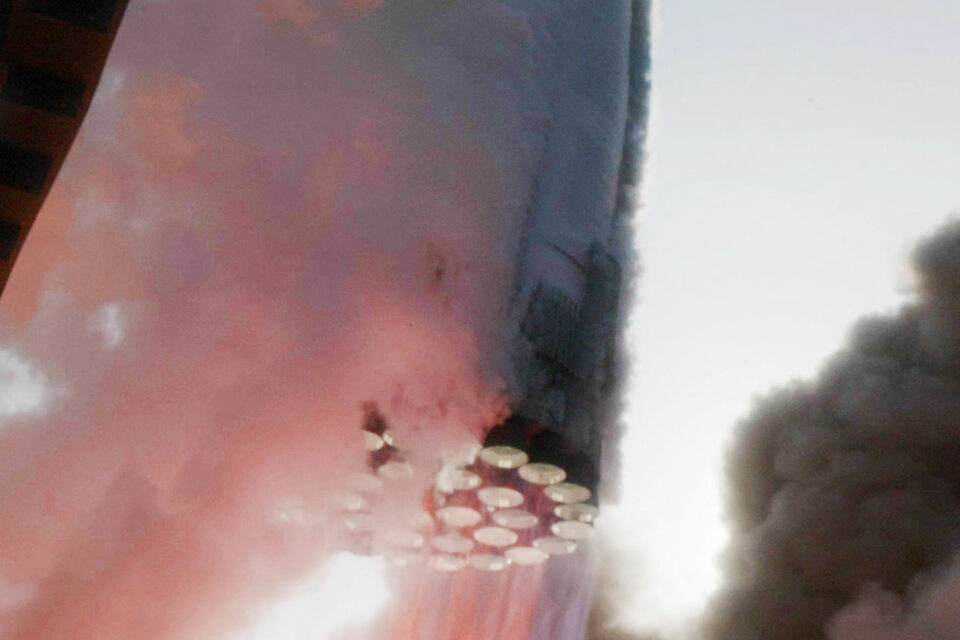
But the Super Heavy, amid failures of some of the 33 Raptor engines and flying debris, managed to lift itself off Starbase in Boca Chica, South Texas.
It was when it reached about 36 km of altitude that things got complicated, with the massive vehicle of 120 meters high spinning on its axis until it started to fall. That’s when SpaceX’s control center decided to trigger the “flight termination system”, a detonation in order to minimize its impact on the sea.
Follow ADN: Instagram | Twitter | Facebook
“With a test like this, success comes from what we learn, and we learned a tremendous amount about the vehicle and ground systems today that will help us improve on future flights of Starship,” SpaceX said shortly after the test launch.
The company celebrated Starship reaching an apogee of 39 km, the highest the spacecraft has ever flown.
No chance of mistakes at NASA
Despite the feeling of frustration for those who don’t closely follow the development of Musk’s project, the launch more than fulfilled its goal. SpaceX’s philosophy is to “push the limits” in order to collect as much data as possible.
One sign that the first Starship/Super Heavy set did not foresee a safe return to the surface is to notice how the surfaces were dented, peeling and misaligned, as if it were a real version of the fictional Star Wars spaceship Millenium Falcon.
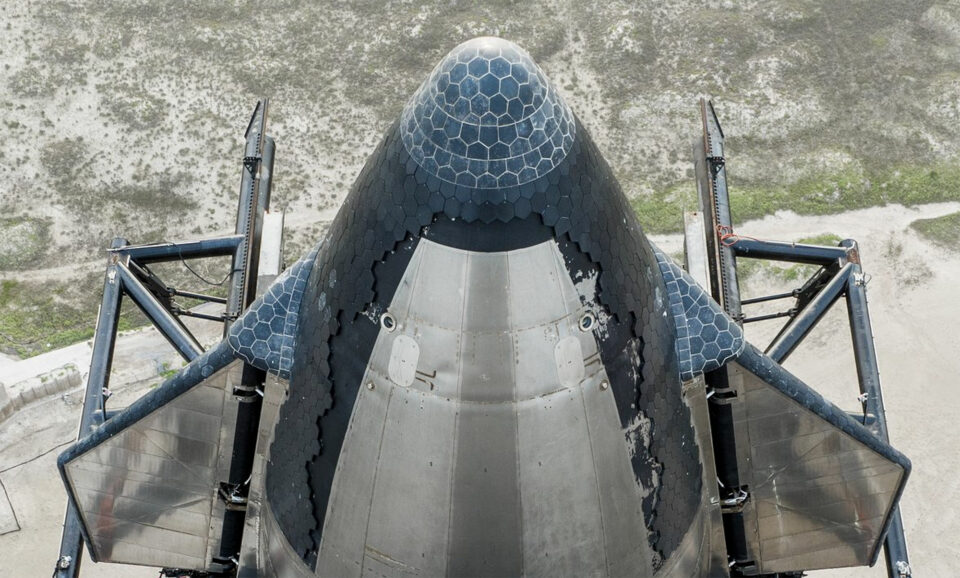
It is a very different scenario from NASA launches, which have no margin for failure at the risk of making their programs unfeasible. Take the case of Artemis I, which postponed its flight to the Moon for some time due to problems during its preparation.
If the first launch had certainly failed, the project of taking humans to the Moon in this decade would have suffered a severe setback.
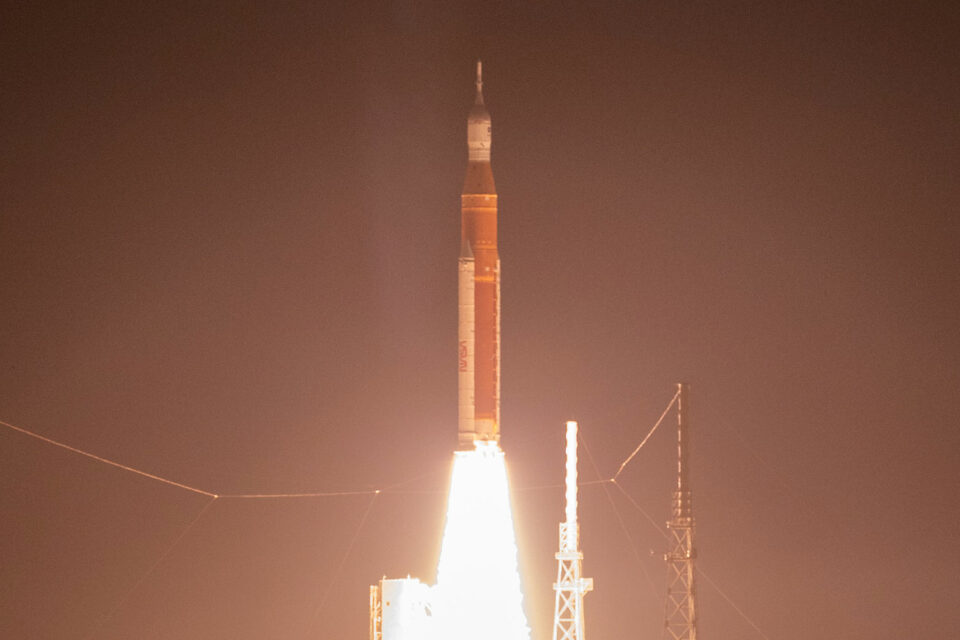
With Starship, Elon Musk has already shown that the path is somewhat bumpy, with unprecedented situations in the space exploration segment.
For sure, the next Starship launch will show great evolution and possibly end in yet another huge fireball. Fortunately.


